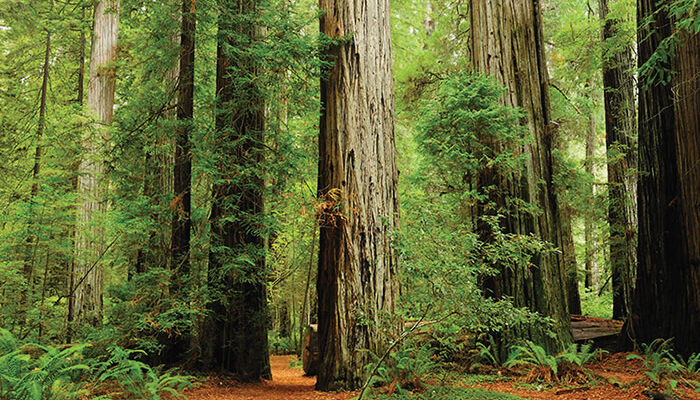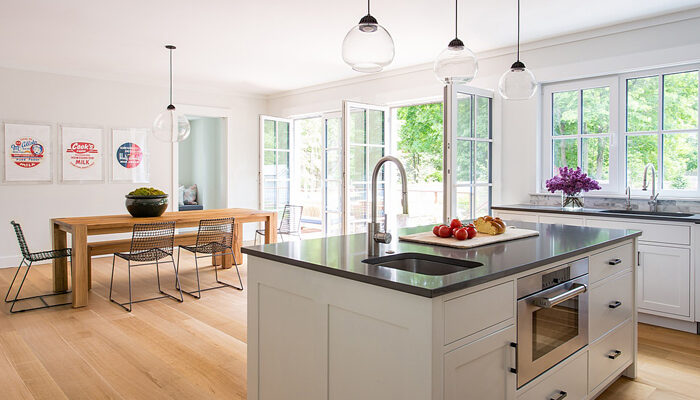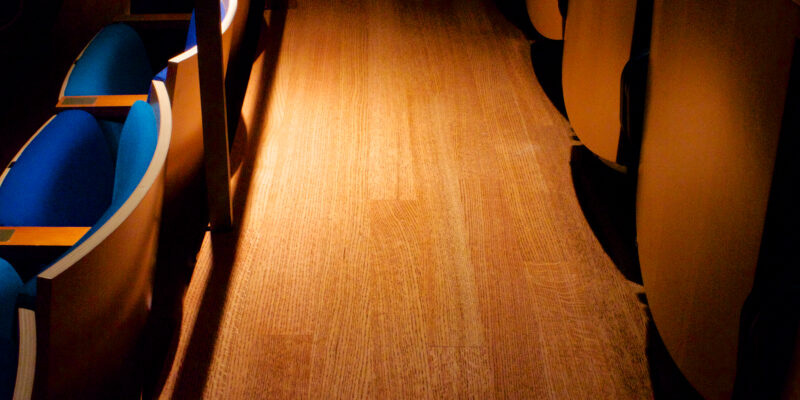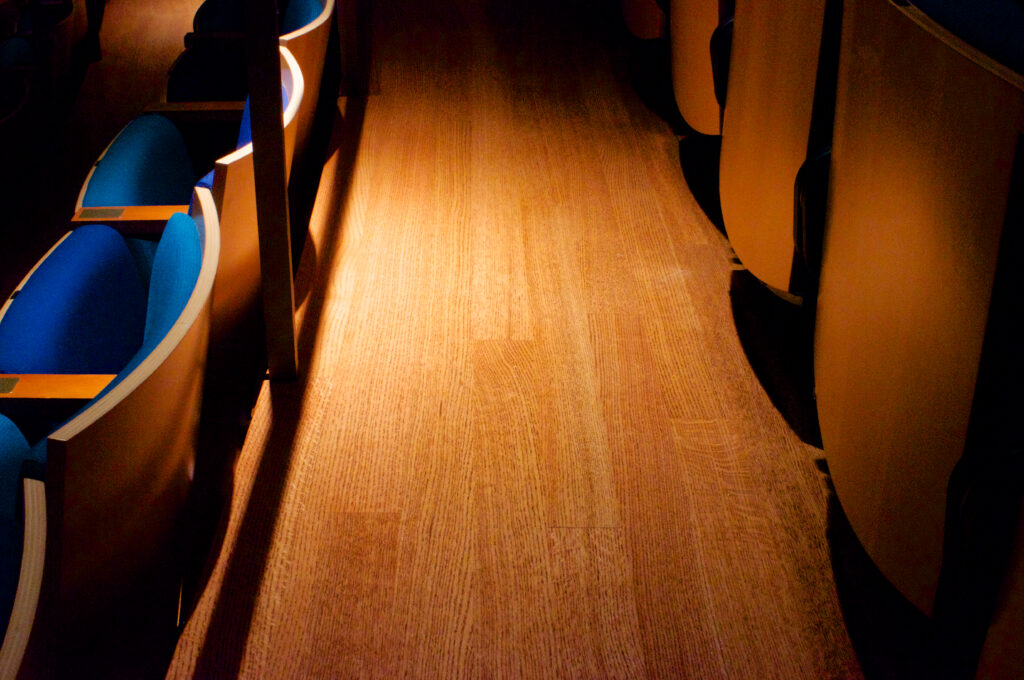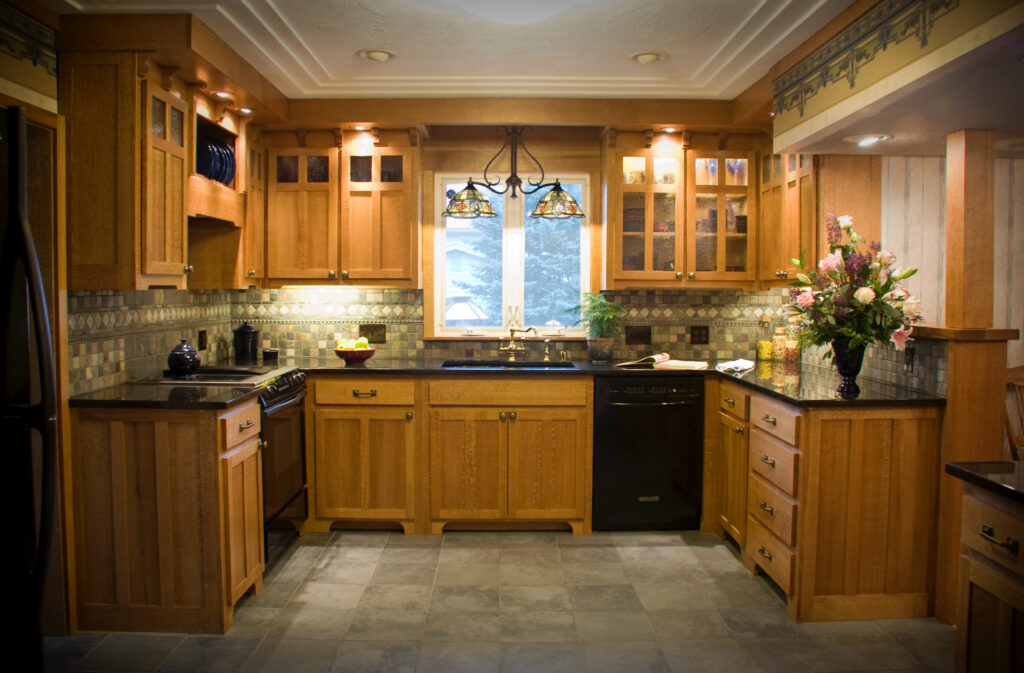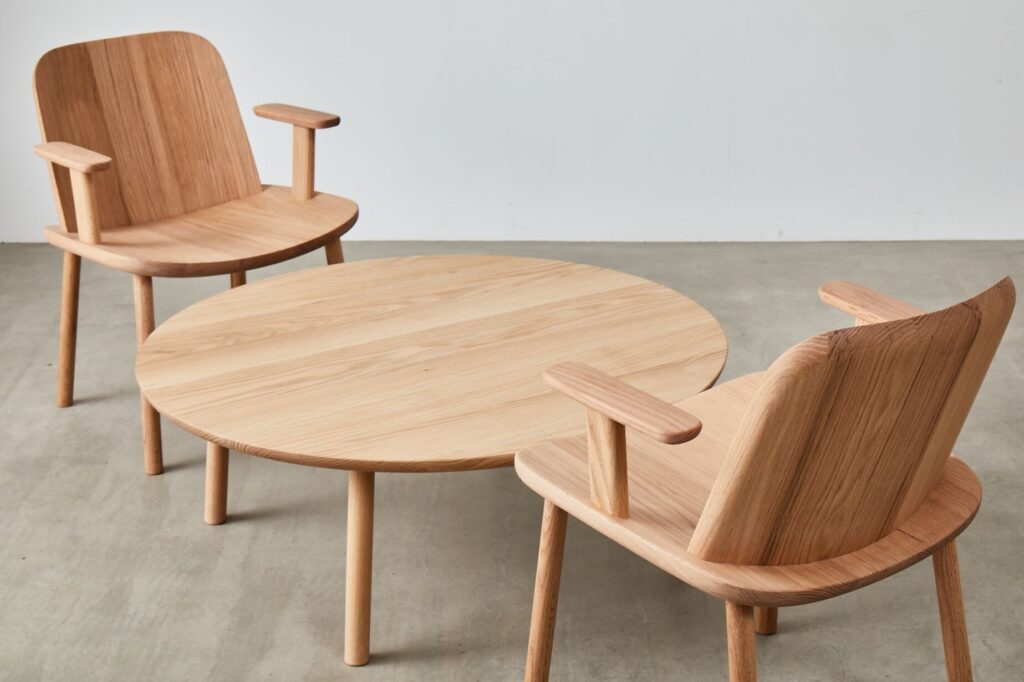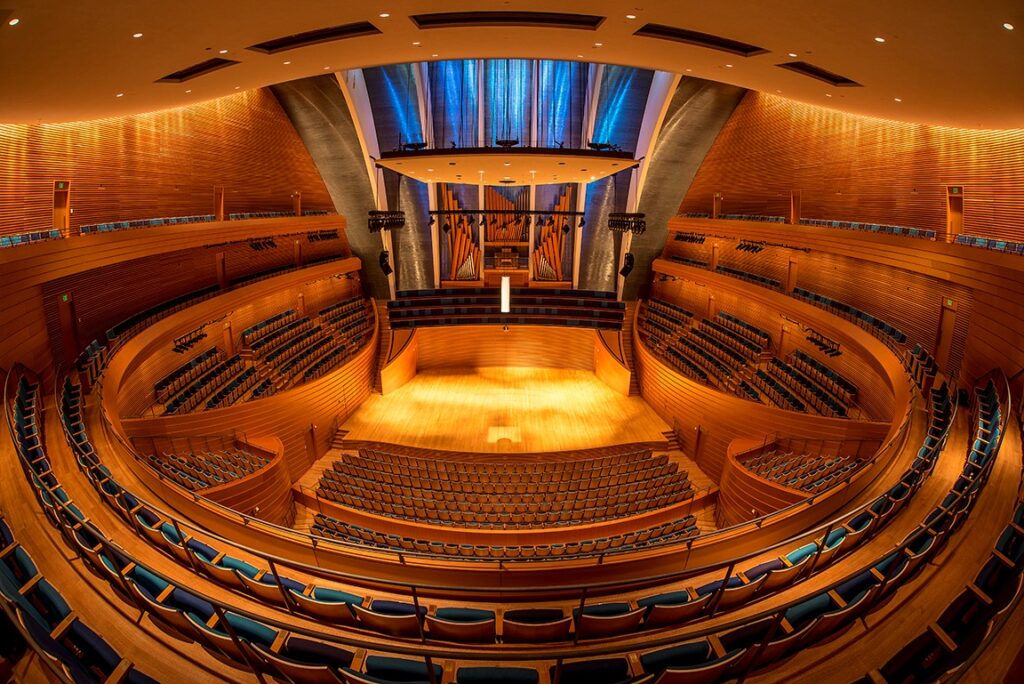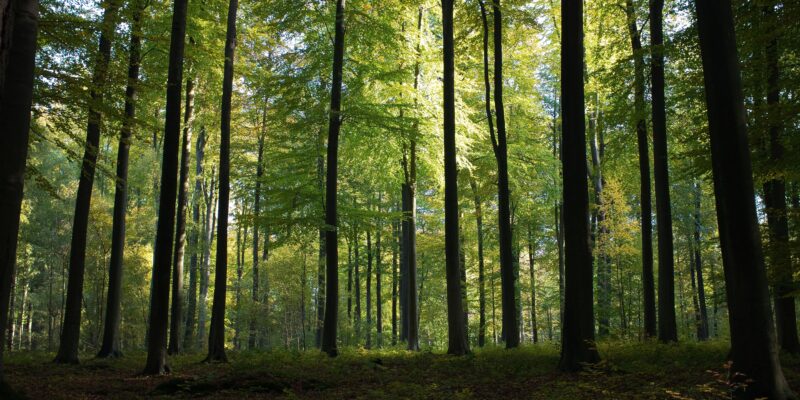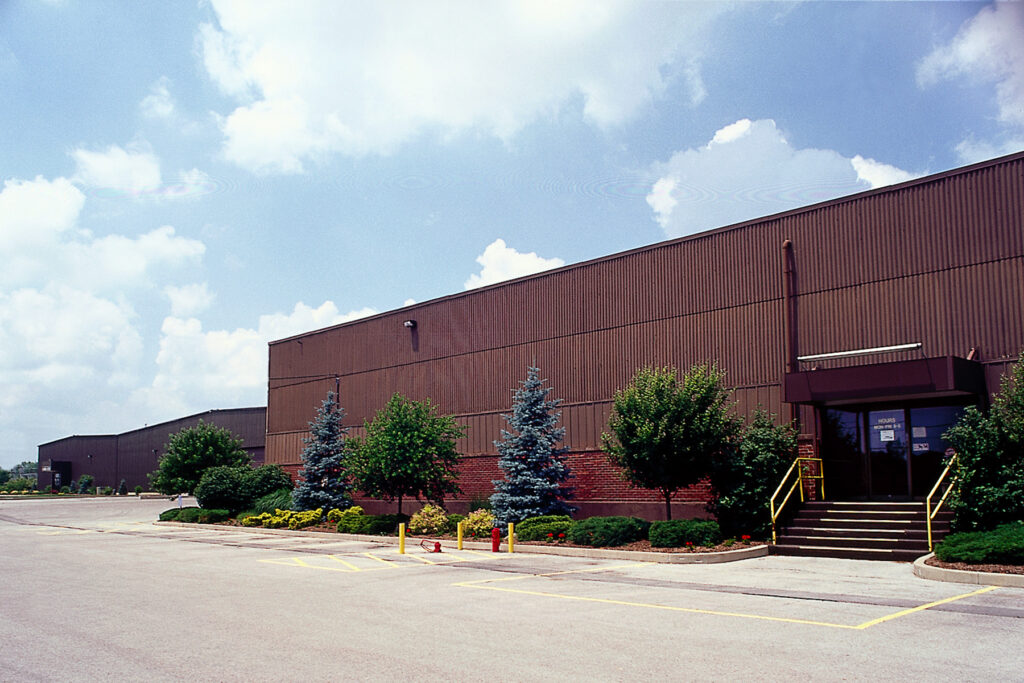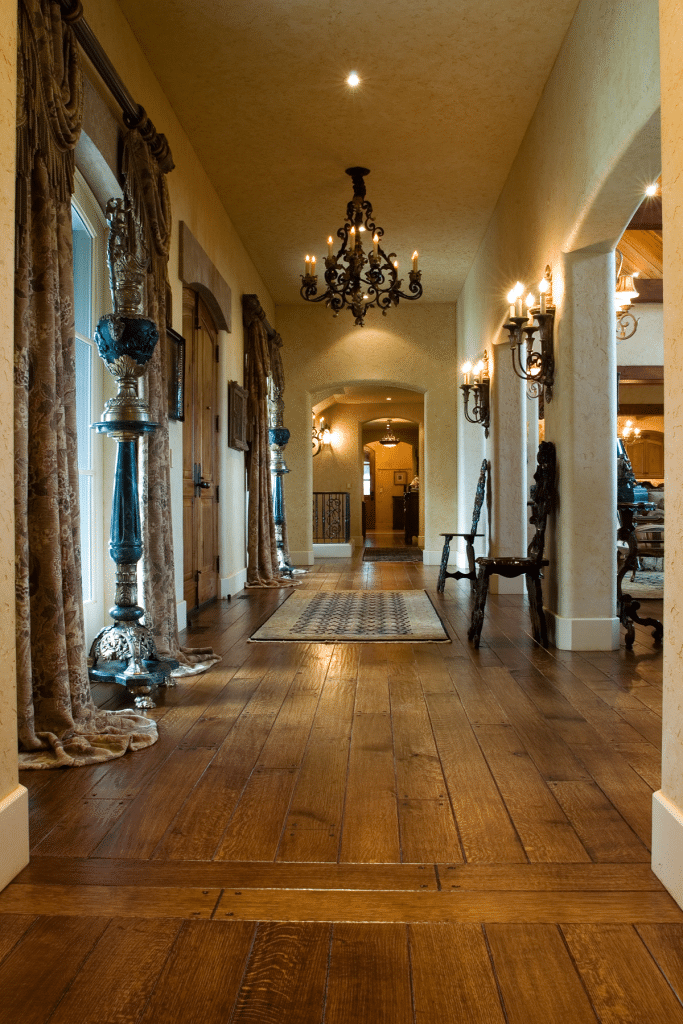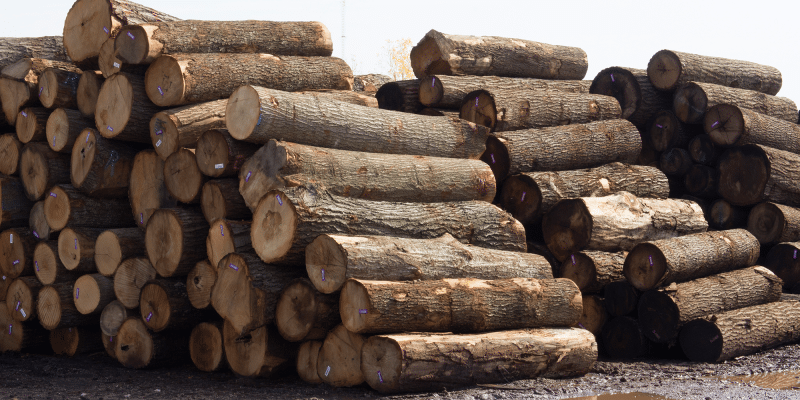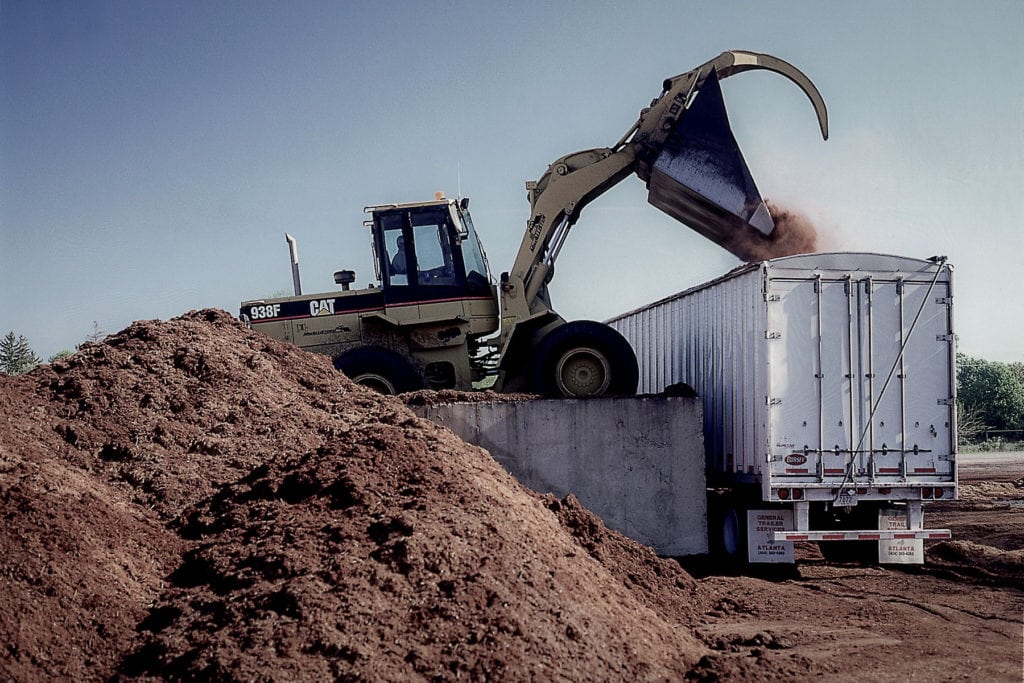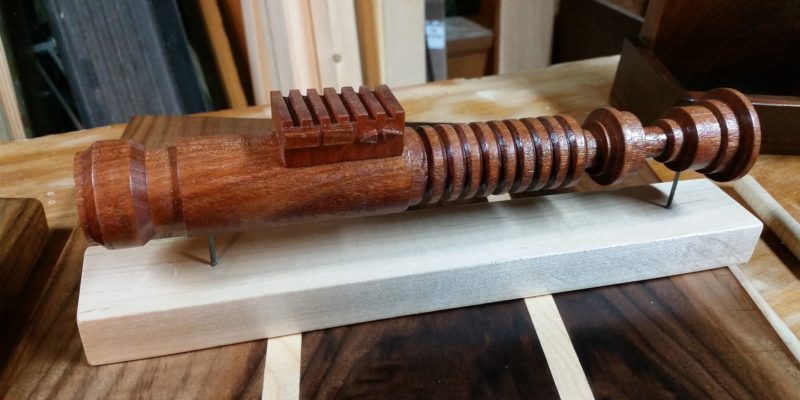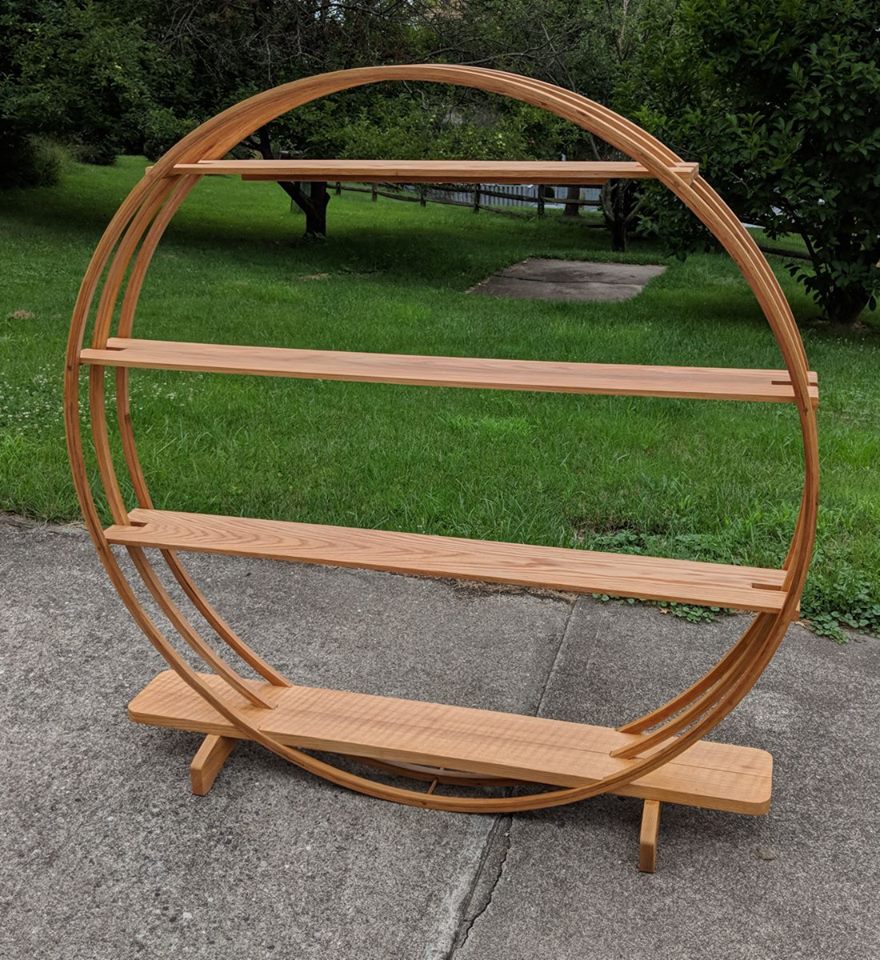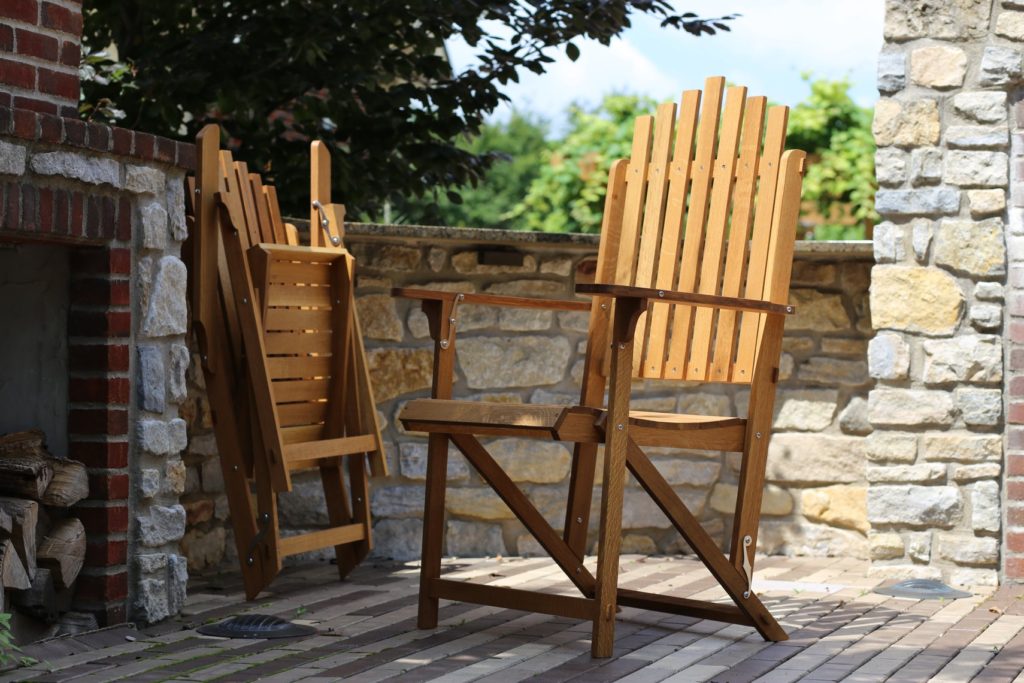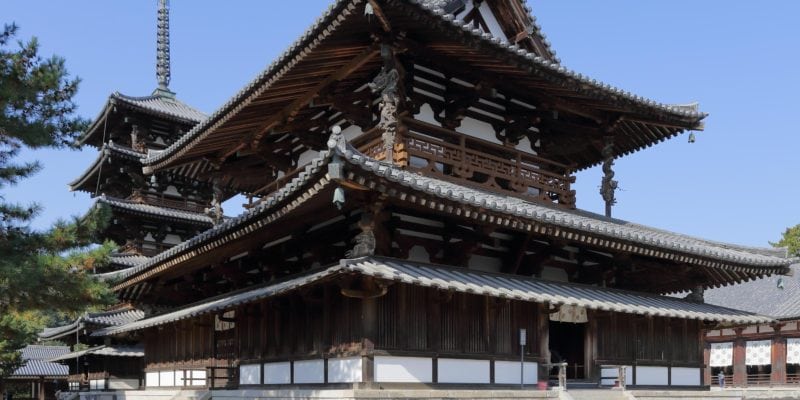Last month, I wrote about creating a healthy environment in your home for your family and pets by using products made from American Hardwoods. This month I will explain why these products come from one of the most sustainable and environmentally friendly resources.
Hardwood forests are prevalent in every state, in the U.S. mainland. However, the eastern half of the U.S. grows the majority of hardwoods. This region extends from Minnesota down to Texas, all the way over to Florida, up to Maine, and all states in between.
The hardwood forests in the U.S. are very sustainable. Sustainability occurs when there is an ecological balance when a resource is removed yet that resource is not being depleted for future generations. Each year we have more growth in our forests than what is removed through timber harvests. The American Hardwood Export Council has done an excellent job representing the U.S. Forest Service, Department of Agriculture’s data, by state. Indiana is growing almost twice the volume than is harvested. The U.S. is growing two and a half times more volume than is harvested. Refer to www.americanhardwood.org/environmental-profile/interactive-forest-map to see this data.
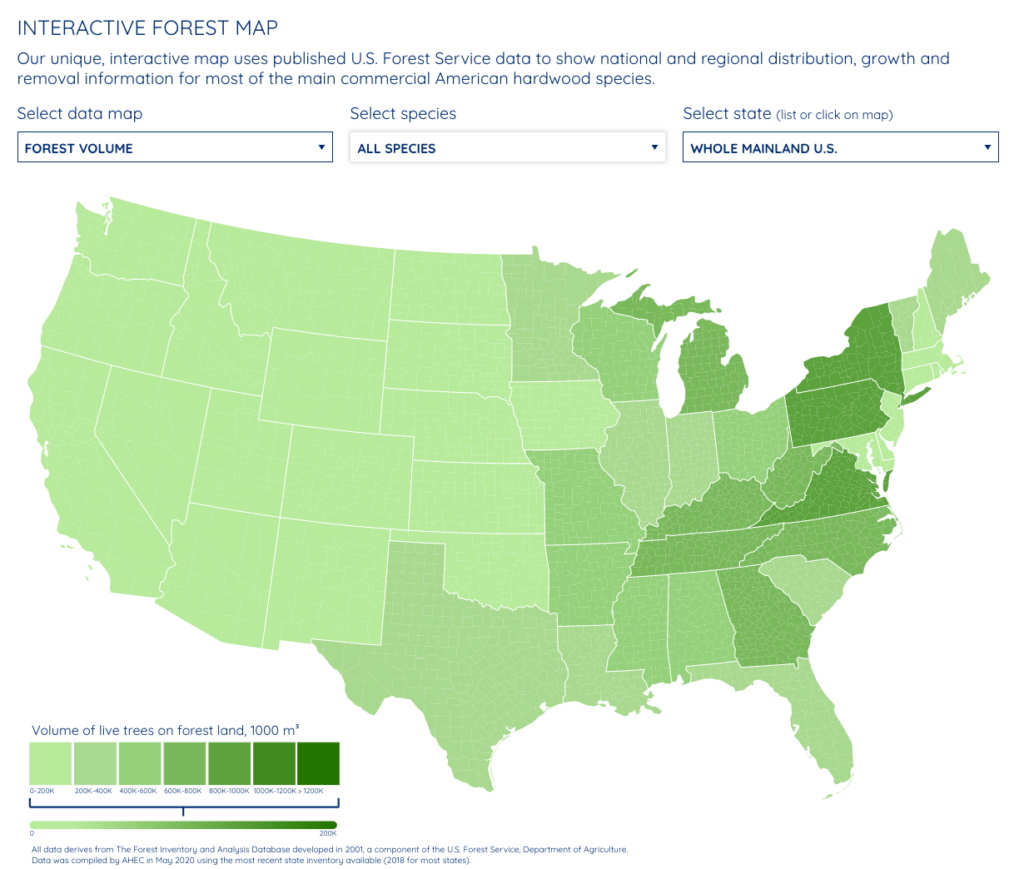
Hardwood forests and the products manufactured from the hardwood trees are environmentally friendly. Hardwood trees are constantly consuming carbon dioxide (CO2) to assist with the production of a glucose substance that trees use as food. The tree will break the carbon dioxide compound down, utilizing the carbon molecule to produce the glucose substance, and emit the oxygen molecules into the atmosphere. Carbon is a greenhouse gas that negatively impacts the environment; therefore, trees are essentially improving our world.
Hardwood trees have a life cycle, and that life cycle is dependent on the tree species. Typically, most tree species can live to be approximately 150 years old. Disease (viruses and fungi), weather (lightning and wind), fire, or insect infestations will eventually take the life of the tree. When a tree dies and begins decomposing in the forest, it will release the unused carbon back into the atmosphere, further contributing to negatively impacting our environment. Forest management is the practice where timber, wildlife, and plant life are managed to maintain or improve the overall forest ecosystem. When a tree is at the end of its life cycle, it will be harvested to open the canopy to get sunlight to the forest floor. Tree saplings grow close to the forest floor and need sunlight to grow. Sunlight gives saplings the opportunity to become bigger trees.
The tree that was harvested in the prior example will also produce income to the landowner since it has value to the lumber industry. The value in that tree will disappear once the tree falls and begins to decompose in the forest. In addition, forest management creates jobs. Jobs are created when the trees are manufactured into lumber, and when that lumber is utilized to manufacture furniture, flooring, cabinetry, and millwork. In 2016, an economic impact study was completed that showed the economic output of the hardwood industry in Indiana was over $10 billion and that industry employed over 61,000 people. Refer to http://hardwoodfederation.com/Hardwood-Industry-Economic-Impact to see this data.
Let us circle back to the carbon stored in the tree, which is now in the lumber that was used to produce the furniture, flooring, cabinetry, and millwork. That carbon will always be stored in those products while those products are in use. Did you know 50% of the wood’s weight in the furniture, flooring, cabinetry, and millwork is the stored carbon? Be a part of positively impacting our environment by purchasing products made from American Hardwoods.
We have been blessed with a sustainable and environmentally friendly resource when it comes to the hardwood forests in the U.S. Forest management will keep our forests healthy, reduce our carbon emissions, and improve the forest ecosystems. The products manufactured from these trees are beautiful, resilient, environmentally friendly, and can be enjoyed for generations.

